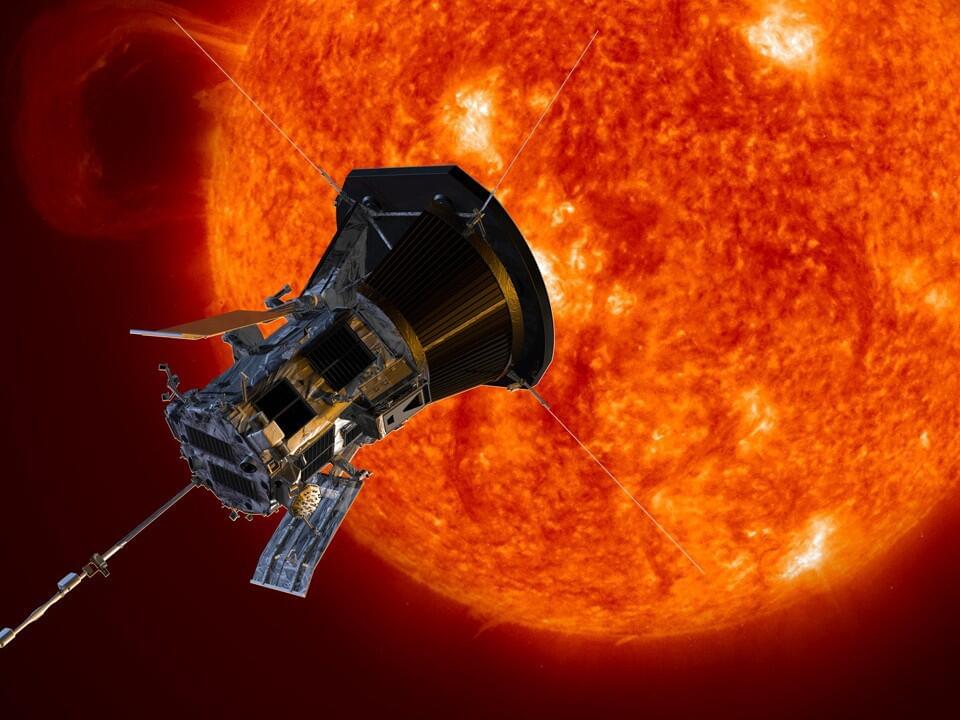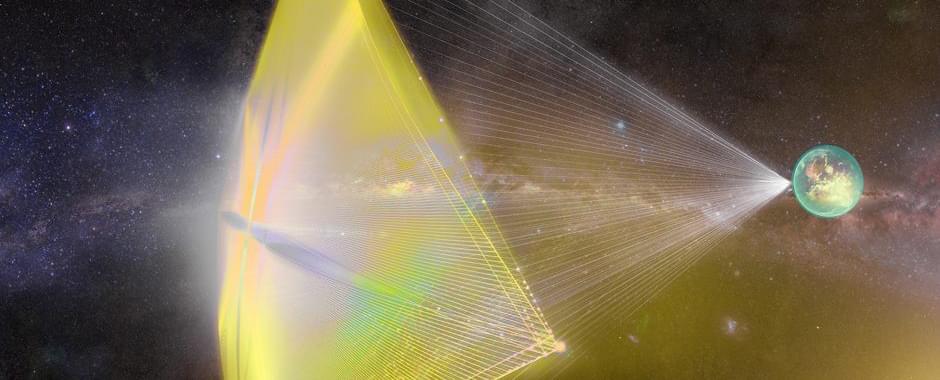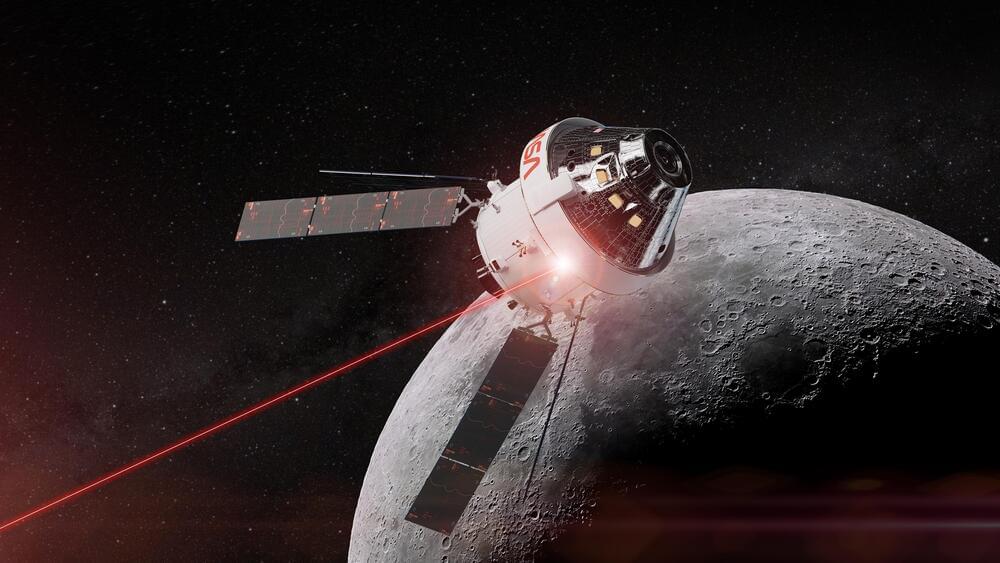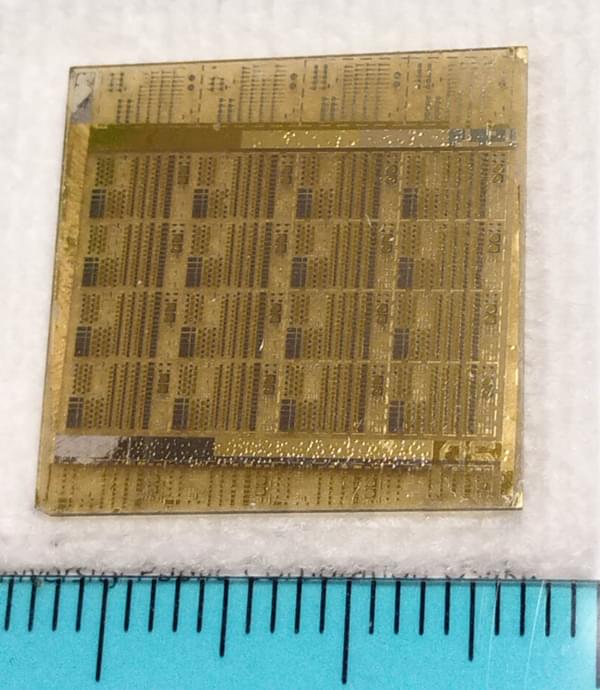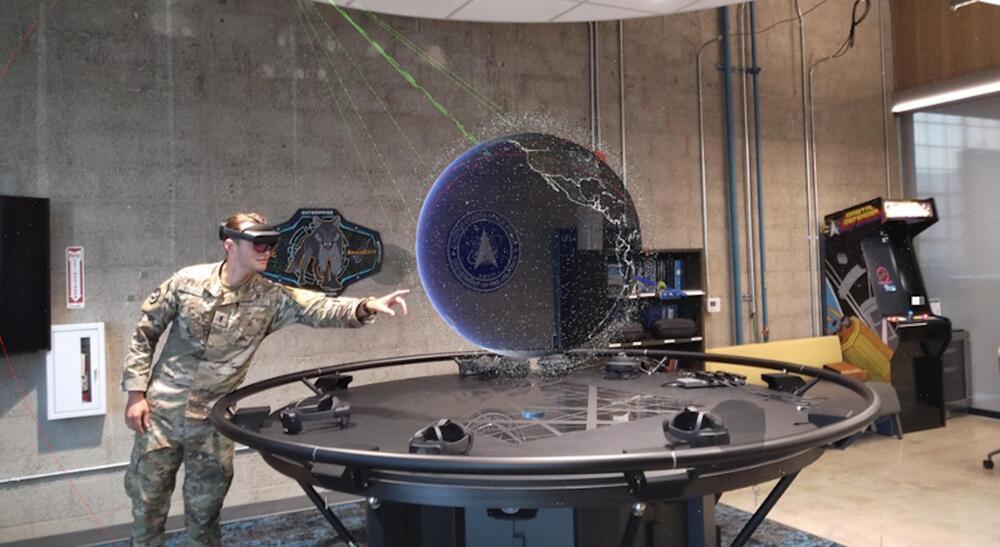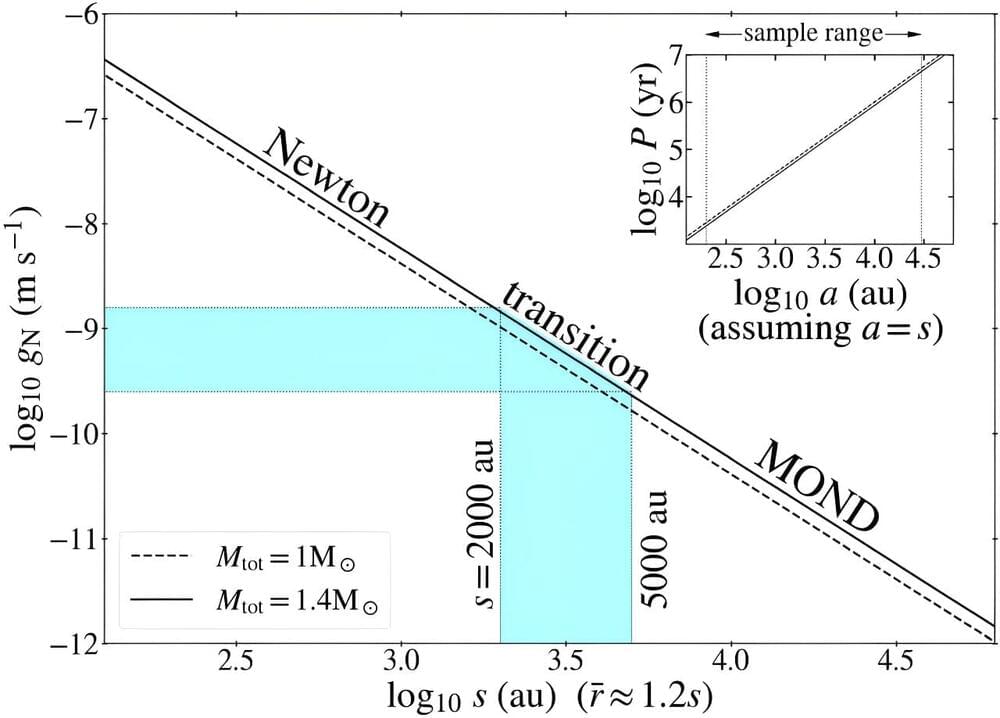Jan 10, 2024
UN Security Council demands Houthis stop Red Sea attacks
Posted by Genevieve Klien in categories: business, space
Jan 10 (Reuters) — The U.N. Security Council on Wednesday demanded Yemen’s Houthis immediately end attacks on ships in the Red Sea and cautioned against escalating tensions while implicitly endorsing a U.S.-led task force that has been defending vessels.
The demand came in a Security Council resolution that also called on the Houthis to release the Galaxy Leader, a Japanese-operated vehicle carrier linked to an Israeli businessman that the group commandeered on Nov. 19, and its 25-person crew.
Eleven members voted for the measure demanding the Houthis “immediately cease all attacks, which impede global commerce and navigational rights and freedoms as well as regional peace.”


